
When an engineer proposes a truly new solution to an entrenched problem, a chorus of naysayers inevitably arises from the midst of any nods of appreciation. The FAA, in fact, has produced processes for accepting such departures from common thinking—often found under the “alternate means of compliance” route in aircraft certification—but those manufacturers that have pursued such paths to certification can certainly expect pushback from the crowd. If you consider this for a moment, that pushback often means either the company is genuinely headed down the garden path or it’s onto something truly different that’s never been done before.
Frank Robinson was a child of the Great Depression. While not necessarily a condition to determine either success or failure, the environment experienced by his generation caused many to fall prey to resignation because of forces beyond their control. Still, in a fortunate number, the tough circumstances bred a determination to fight past them. To distill a worthy résumé down to its watershed moment in 1973, Robinson resigned from the last of his roles as an aerospace engineer for others (among them: Cessna Aircraft Company, Bell Helicopter, and Hughes Helicopter Company), and set out on his quest to design and bring to life a low-cost, approachable rotorcraft to the flying public. It was a wide-open space, and Frank charged right in. As a result, if you’re learning to fly helicopters today, you’re overwhelmingly more likely to learn in a Robinson than any other ship on the market.
This story is from the March 2020 edition of Flying.
Start your 7-day Magzter GOLD free trial to access thousands of curated premium stories, and 8,500+ magazines and newspapers.
Already a subscriber ? Sign In
This story is from the March 2020 edition of Flying.
Start your 7-day Magzter GOLD free trial to access thousands of curated premium stories, and 8,500+ magazines and newspapers.
Already a subscriber? Sign In
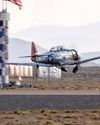
The Temple of Speed
Reno entices even this altitude-oriented pilot.

Flat Sixes
Fanatical artisans
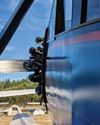
Blue over Green, Tent in Between
I’m old , I’m cranky. Why do I keep air-camping?

Gulfstream Reveals G400, G800
The product lineup gains large-cabin and ultralong-range mounts.
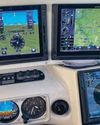
Every Airplane Requires a Checkout
Embrace the challenge of mastering a new machine.

Fuhggedaboutit
Fifty-plus years of f lying forgetfulness
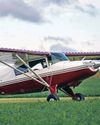
THE MAULE FAMILY APPROACHABLE AIRCRAFT
Choose your mount —the Maules do it all.
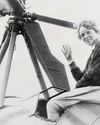
Sisters
“ Women certainly have the courage and tenacity required for long flights.” —Mildred Doran

INSIDE OUT OR OUTSIDE IN?
What kind of pilot should you be?
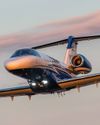
WE FLY: CESSNA CITATION CJ4 GEN2
THE FLAGSHIP CJ JUST GOT A WHOLE LOT BETTER.